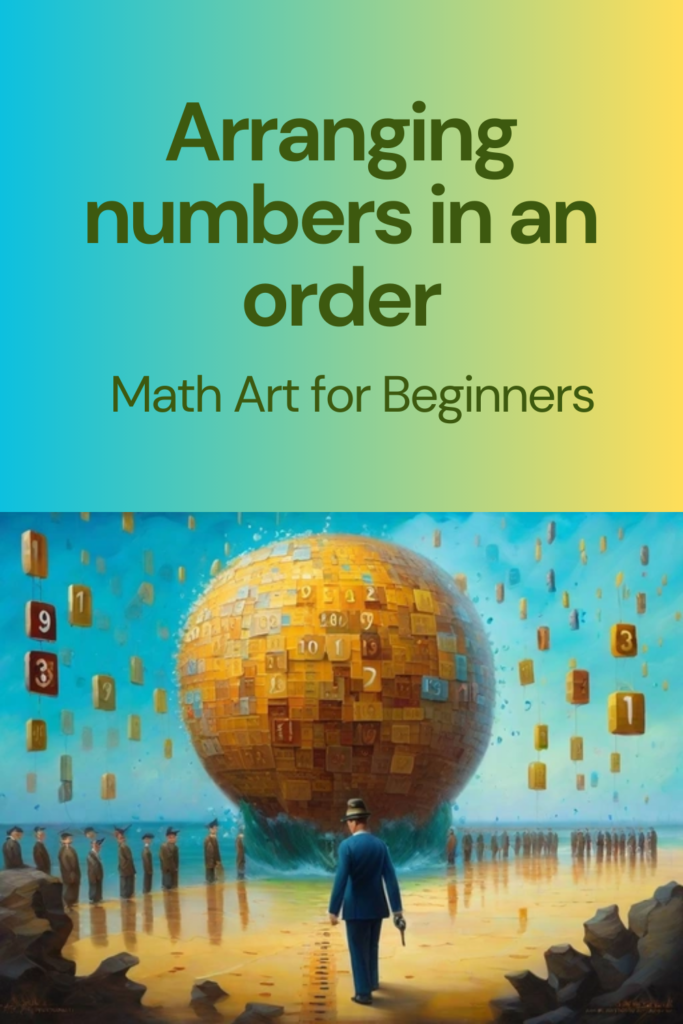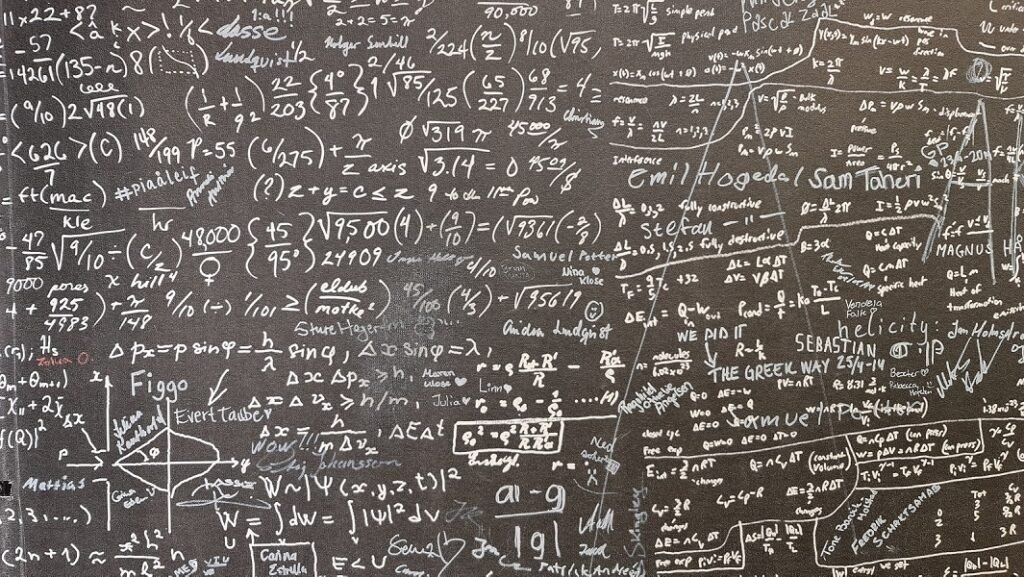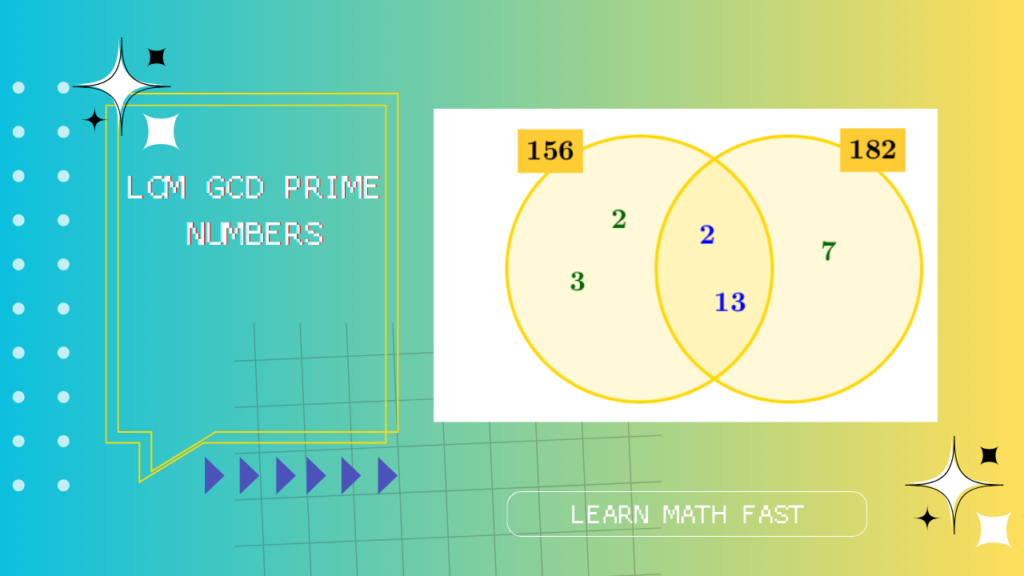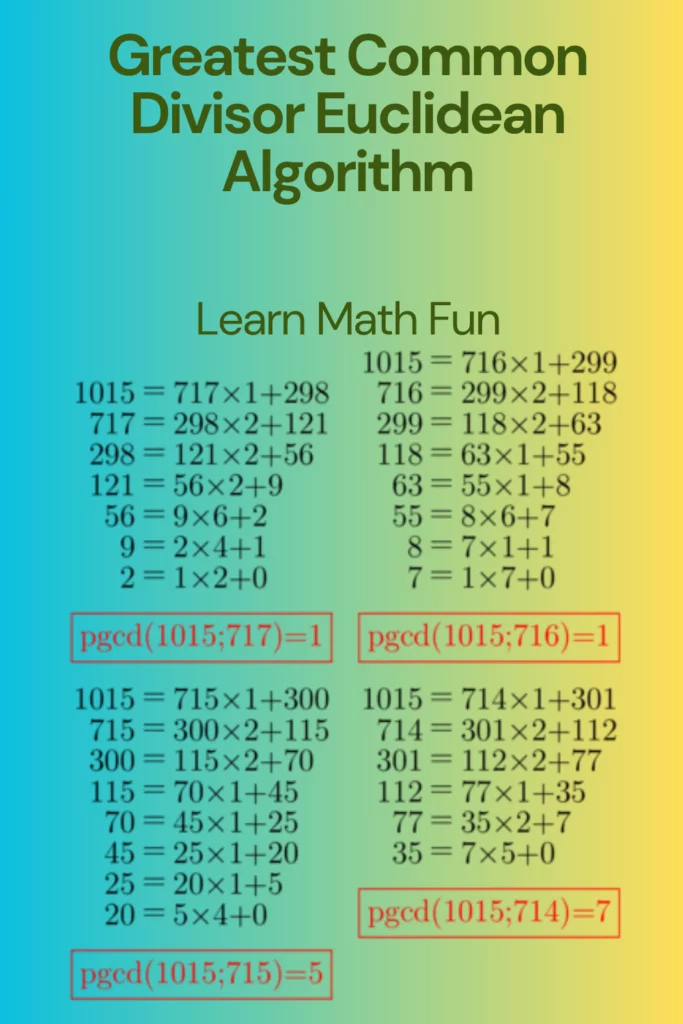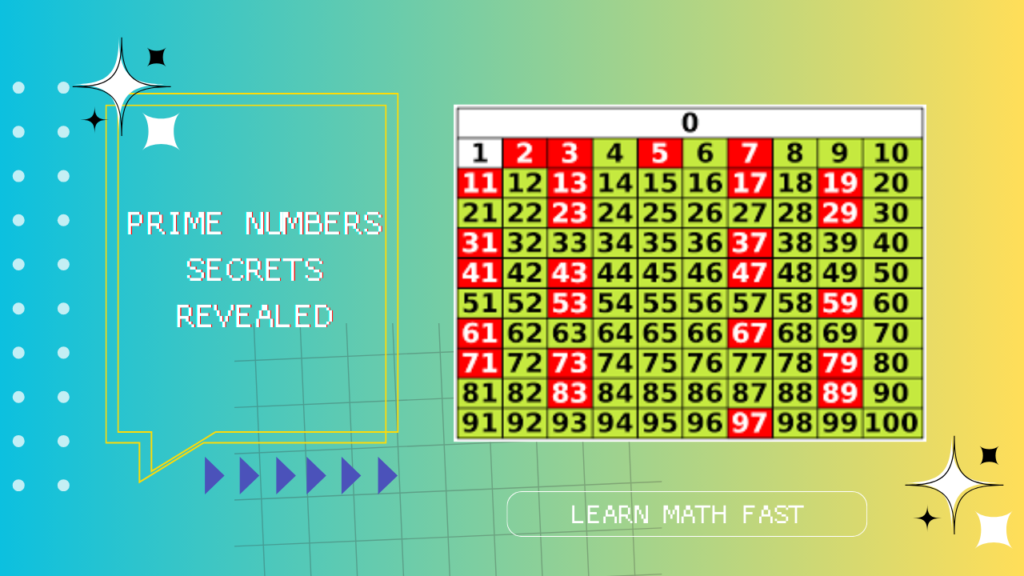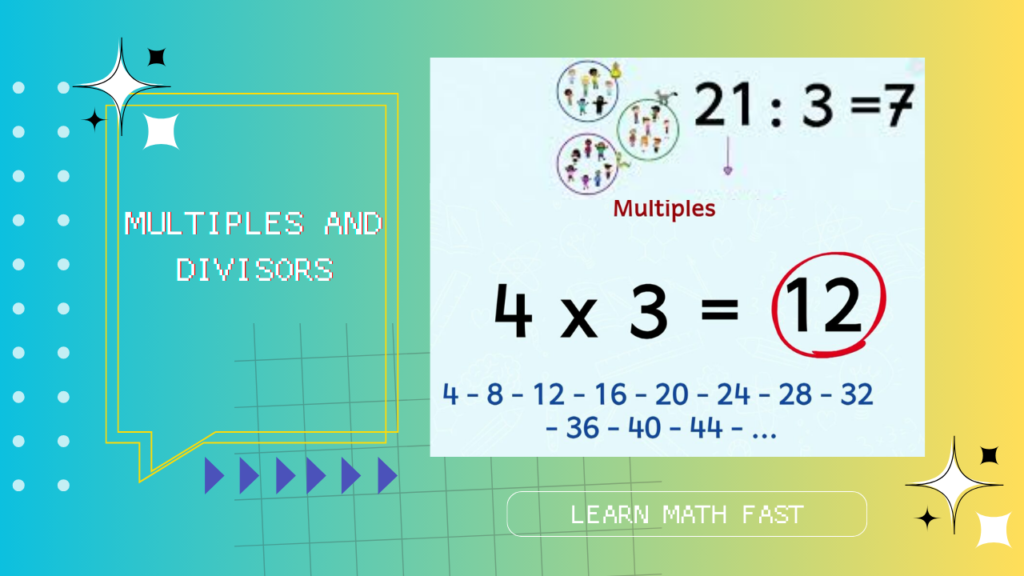In order to arrange numbers in a specific order (either from smallest to largest or vice versa), you look at:
The number of digits in the number, the number with the greatest number of digits is the largest, or vice versa.
Example: 56789: 5 digits; 145322: 6 digits -> 145322 > 56789
If the numbers have the same number of digits, you look at the leftmost digit: the number with the largest digit is the largest: 4098 > 3099
If this still doesn’t work, you continue looking at the next digit until you find which digit is the largest!
Note: Ascending order means arranging numbers from the smallest to the largest, while descending order means arranging them from the largest to the smallest!
Arranging Numbers in Ascending Order
Arranging numbers in ascending order is a fundamental skill that is essential in many fields, including mathematics, computer science, and business. It is also a valuable skill for everyday life, such as when organizing your finances or planning a project.
What is ascending order?
Ascending order is a way of arranging a list of items, such as numbers or words, in an order where each item is greater than or comes after the previous one. In the context of numbers, ascending order means arranging numbers from the smallest to the largest.
For example, if you have a list of numbers: 3, 1, 4, 2, 5, arranging them in ascending order would be: 1, 2, 3, 4, 5. In ascending order, you start with the smallest item and progress to larger items as you move through the list. It’s the opposite of descending order, where you arrange items from the largest to the smallest.
Why is it important to know how to arrange numbers in ascending order?
There are many reasons why it is important to know how to arrange numbers in ascending order. For example, you might need to arrange numbers in ascending order when you are:
- Alphabetizing a list of words
- Sorting a list of numbers
- Creating a timeline of events
- Organizing a spreadsheet
- Ranking students
- Performing mathematical operations, such as addition and subtraction
- Developing algorithms
How to arrange numbers in ascending order
To arrange numbers in ascending order, follow these steps:
- Compare the number of digits in each number. The number with the greatest number of digits is the largest.
- If the numbers have the same number of digits, compare the leftmost digit. The number with the largest digit is the largest.
- If this still doesn’t work, continue looking at the next digit until you find which digit is the largest.
Example
Let’s say we want to arrange the following numbers in ascending order:
4098
3099
56789
145322
First, we compare the number of digits in each number. 56789 has the greatest number of digits, so it is the largest. 145322 has the second-greatest number of digits, so it is the second-largest. 4098 and 3099 have the same number of digits, so we need to compare the leftmost digit. 4 is greater than 3, so 4098 is larger than 3099.
Therefore, the numbers in ascending order are:
3099
4098
56789
145322
Professional applications of arranging numbers in ascending order
Arranging numbers in ascending order is a valuable skill in many professional settings. For example, you might need to arrange numbers in ascending order when you are:
- Creating a financial spreadsheet
- Developing a software algorithm
- Conducting a scientific experiment
- Writing a technical report
- Preparing a presentation
By knowing how to arrange numbers in ascending order, you can save time and ensure accuracy in your work.
Arranging Numbers in Descending Order
Arranging numbers in descending order is the opposite of arranging them in ascending order. It means arranging numbers from the largest to the smallest. This skill is just as important as arranging numbers in ascending order, and it has many applications in both professional and educational settings.
What is descending order?
Descending order is a way of arranging items, such as numbers, in a sequence from the largest or highest value to the smallest or lowest value. In the context of numbers, when you arrange them in descending order, you start with the largest number and list them in decreasing order towards the smallest number.
For example, if you have the numbers 8, 5, 12, 3, and 9, arranging them in descending order would be:
12, 9, 8, 5, 3
So you prioritize placing the highest or largest values first and then proceed to the smaller values in descending order.
Why is it important to know how to arrange numbers in descending order?
There are many reasons why it is important to know how to arrange numbers in descending order. For example, you might need to arrange numbers in descending order when you are:
- Ranking students based on their grades
- Sorting a list of products by price
- Organizing a timeline of events in reverse chronological order
- Debugging a software algorithm
- Performing mathematical operations, such as subtraction and division
- Creating graphs and charts
How to arrange numbers in descending order
To arrange numbers in descending order, follow these steps:
- Compare the number of digits in each number. The number with the greatest number of digits is the largest.
- If the numbers have the same number of digits, compare the leftmost digit. The number with the largest digit is the largest.
- If this still doesn’t work, continue looking at the next digit until you find which digit is the largest.
Example
Let’s say we want to arrange the following numbers in descending order:
4098
3099
56789
145322
First, we compare the number of digits in each number. 56789 has the greatest number of digits, so it is the largest. 145322 has the second-greatest number of digits, so it is the second-largest. 4098 and 3099 have the same number of digits, so we need to compare the leftmost digit. 4 is greater than 3, so 4098 is larger than 3099.
Therefore, the numbers in descending order are:
145322
56789
4098
3099
Professional applications of arranging numbers in descending order
Arranging numbers in descending order is a valuable skill in many professional settings. For example, you might need to arrange numbers in descending order when you are:
- Creating a sales report
- Developing a marketing campaign
- Managing a budget
- Conducting research
- Writing a technical paper
By knowing how to arrange numbers in descending order, you can identify trends and patterns in your data, which can help you make informed decisions.
Educational applications of arranging numbers in descending order
Arranging numbers in descending order is also a valuable skill for students in all grade levels. For example, students might need to arrange numbers in descending order when they are:
- Solving math problems
- Completing science experiments
- Analyzing data in social studies
- Creating graphs and charts in computer science
- Writing essays and reports
By knowing how to arrange numbers in descending order, students can develop their critical thinking and problem-solving skills.
Number order million, billion, trillion
Million, billion, and trillion are large numbers that are used to count very large quantities. They are often used in business, finance, and science to describe very large sums of money, populations, or other measurements.
Here is a table that shows the order of million, billion, and trillion, as well as their equivalent in base 10:
| Number | Quantity | Base 10 equivalent |
|---|---|---|
| Million | 1,000,000 | 10^6 |
| Billion | 1,000,000,000 | 10^9 |
| Trillion | 1,000,000,000,000 | 10^12 |
To put it in perspective, one million is a thousand times greater than one thousand. One billion is a thousand times greater than one million. And one trillion is a thousand times greater than one billion.
Examples of how to use million, billion, and trillion
- The global population is over 8 billion people.
- The US national debt is over 30 trillion dollars.
- The number of stars in the Milky Way galaxy is estimated to be over 100 billion.
- A company’s annual revenue may be in the millions or billions of dollars.
- The estimated number of grains of sand on a beach is in the billions.
- The number of internet users worldwide is over 5 billion.
- The cost of building the International Space Station was over 100 billion dollars.
By understanding the order of million, billion, and trillion, you can better understand and interpret information that you encounter in your professional life.
Why is it important to understand the order of million, billion, and trillion?
Understanding the order of million, billion, and trillion is important for several reasons. First, it allows you to better understand and interpret information that you encounter in your professional life. For example, if you read in a news article that the US national debt is over 30 trillion dollars, you will be able to understand that this is a very large amount of money.
Second, understanding the order of million, billion, and trillion can help you to make informed decisions in your personal life. For example, if you are considering investing in a company, you may want to look at its annual revenue and market capitalization to see if it is a good investment.
How to remember the order of million, billion, and trillion
Here is a simple trick to help you remember the order of million, billion, and trillion:
- Million is the smallest of the three numbers, so it has the fewest syllables.
- Billion is in the middle, so it has the second-fewest syllables.
- Trillion is the largest of the three numbers, so it has the most syllables.
Another way to remember the order of million, billion, and trillion is to think of them as a pyramid:
Trillion
Billion
Million
The trillion is at the top of the pyramid, which means it is the largest number. The billion is in the middle of the pyramid, and the million is at the bottom of the pyramid.
Arranging numbers in an order worksheets
Arrange the following numbers in both ascending (from smallest to largest) and descending (from largest to smallest) order.
Questions:
Ascending Order:
- 15, 9, 23, 5, 30
- 42, 18, 56, 29, 36
Descending Order:
- 88, 74, 61, 42, 55
- 39, 52, 47, 63, 28
Ascending Order:
- 7, 14, 2, 11, 9
- 33, 45, 22, 18, 29
Descending Order:
- 87, 66, 49, 32, 74
- 56, 91, 68, 53, 42
Ascending Order:
- 3, 8, 1, 4, 6
- 27, 31, 20, 15, 12
Descending Order:
- 69, 57, 83, 48, 70
- 38, 58, 76, 92, 64
Answers:
Ascending Order:
- 5, 9, 15, 23, 30
- 18, 29, 36, 42, 56
Descending Order:
- 88, 74, 61, 55, 42
- 63, 52, 47, 39, 28
Ascending Order:
- 2, 7, 9, 11, 14
- 18, 22, 29, 33, 45
Descending Order:
- 87, 74, 66, 53, 49
- 91, 68, 56, 53, 42
Ascending Order:
- 1, 3, 4, 6, 8
- 12, 15, 20, 27, 31
Descending Order:
- 92, 83, 70, 69, 57
- 76, 64, 58, 38, 38
Word Problems
Let’s apply what we’ve learned to real-life situations. Solve these word problems:
Sarah has 15 marbles, and she wants to arrange them from the fewest to the most. How would she do this?
Answer: Sarah would arrange her marbles in ascending order.
John has 24 trading cards, and he wants to showcase his rarest cards first. How should he arrange them?
Answer: John should arrange his trading cards in descending order.


